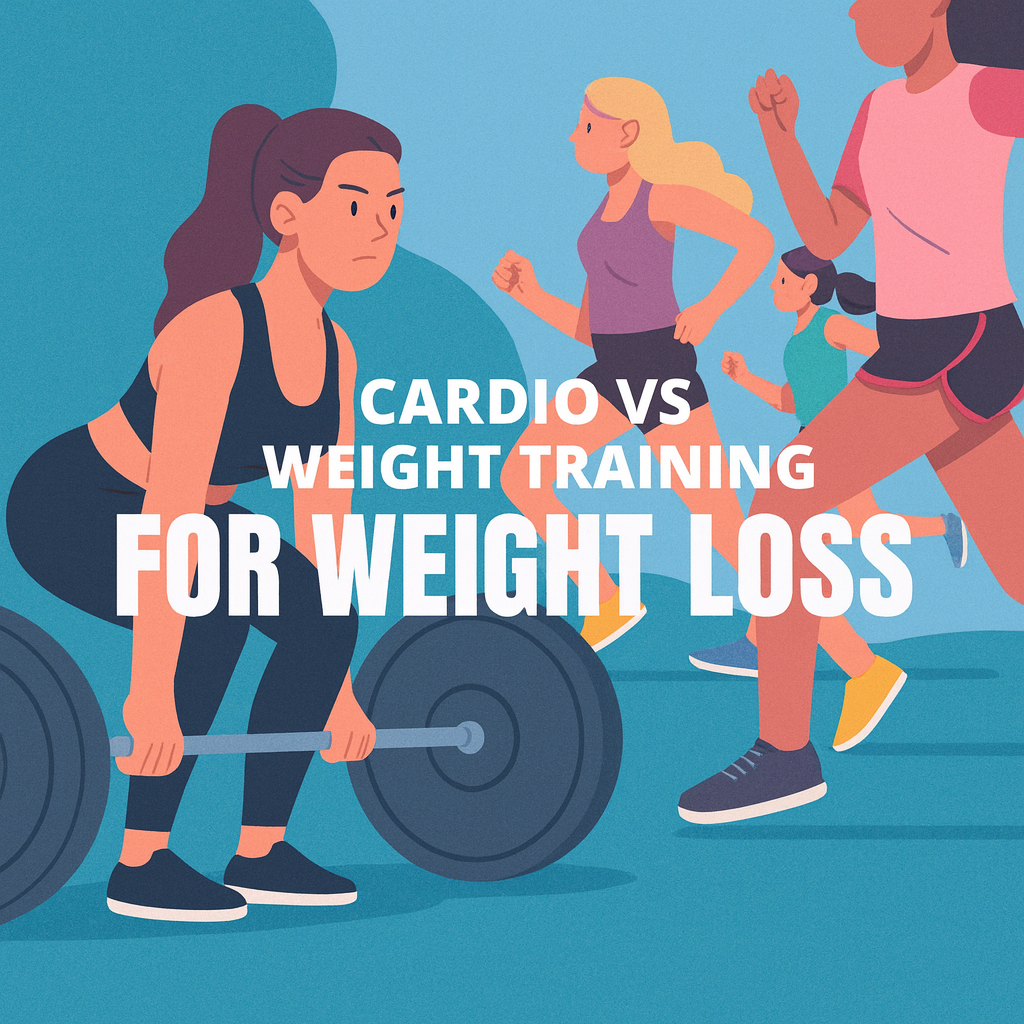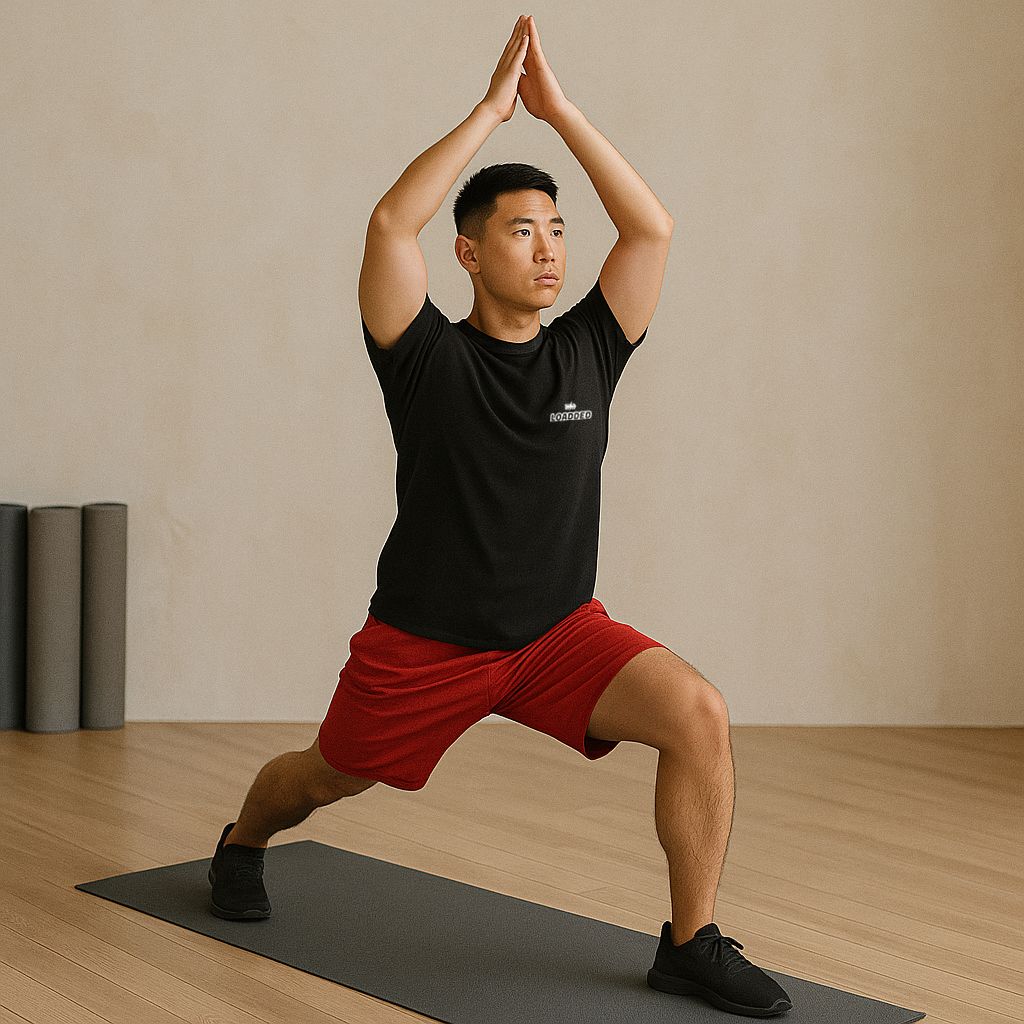Cardio vs Weight Lifting for Weight Loss: Which Strategy Truly Wins?
 Introduction
Introduction
In the world of fitness, few debates spark as much conversation as “cardio or weights?” for losing weight. Some swear by treadmill sessions and long runs, while others argue the real gains come from bench presses and deadlifts. The truth, as it often is, is more nuanced. This article explores the evidence behind both approaches, the role of metabolism and body composition, and why a blended strategy may offer the greatest long-term results.
Cardio: The Case for Burning Calories Fast
One of cardio’s most obvious advantages is calorie burn during the workout itself. Running, cycling, swimming—these activities elevate your heart rate over time and demand sustained energy expenditure.
Healthline notes that if you weigh about 154 lbs, 30 minutes of moderate cycling might burn approximately 145 calories, and more intense efforts can reach as much as 295 calories in the same time span. Meanwhile, a 30‑minute weight lifting session might burn around 110 calories in that same window.
Because cardio is efficient at burning energy while you perform it, many people view it as the “fast track” for weight loss—especially when watching the scale.
But there is a drawback: calorie burn from cardio tends to decrease as your fitness improves (your body becomes more efficient), and the effects taper off once the workout ends. It doesn’t contribute as much to long-term metabolic boost or muscle maintenance.
Still, cardio offers other benefits beyond weight loss. It supports cardiovascular health, improves endurance, and can be easier on recovery days.
Weight Lifting: The Case for Long-Term Metabolic Gains
Weight lifting (or resistance training more broadly) doesn’t burn as many calories during the workout, but it offers a different kind of payoff.
First, it stimulates muscle growth and helps preserve lean mass—critical when you are in a calorie deficit. Muscle is metabolically active, meaning it burns more calories at rest than fat. Healthline describes that while the immediate burn from a weight session is lower, the metabolic boost afterward (the so‑called “afterburn” or EPOC effect) can cause continued calorie burn as muscles recover.
A 2020 review found that resistance training is effective at increasing resting metabolic rate compared to aerobic exercise alone.
Also, a study cited on PubMed reported that ten weeks of resistance training among previously inactive adults increased lean weight by about 1.4 kg, raised resting metabolic rate by 7%, and reduced fat weight by about 1.8 kg.Another strength of weight training is that it helps with body composition. Even if the scale doesn’t move much, you may look leaner and more toned because you’ve replaced or retained muscle while losing fat. This is a vital distinction—losing “weight” isn’t the same as losing fat.
However, weightlifting alone is unlikely to generate large calorie deficits. Many fitness experts—and sources like Mayo Clinic Connect—recommend combining it with aerobic training and a calorie-controlled diet for optimal weight loss.
What the Evidence Says: Studies and Trials
A randomized trial published in New England Journal of Medicine looked at overweight older adults following a weight loss program combined with different training modalities: aerobic only, resistance only, or both. The group that combined both types of exercise saw improvements in strength and cardiovascular fitness beyond either modality alone.
Another key study with overweight adults compared groups doing cardio, weights, or a mix. After eight months, the cardio plus weights group achieved the best overall changes in body composition—losing fat while gaining (or preserving) muscle—compared to cardio alone or weights alone.
These findings reinforce a common conclusion: neither cardio nor weights alone is a magic bullet. The synergy of both is often more effective than either in isolation.
Pros and Cons: A Side‑by‑Side Look
| Strategy | Advantages | Limitations / Risks |
|---|---|---|
| Cardio | High calorie burn during activity; good for cardiovascular health and endurance | Metabolic adaptation leads to diminishing returns; less muscle preservation; harder on joints if overused |
| Weight Lifting | Builds/maintains muscle; boosts resting metabolic rate; improves strength and body shape | Lower instant calorie burn; requires more recovery; technique and form matter to prevent injury |
What’s Best for Weight Loss? — The Bottom Line
If your only tool is cardio, yes—you can lose weight. If your only tool is weights, yes—you can lose fat (though more slowly). But in practical, real-world settings, combining both is often the smartest path for sustainable and visually meaningful results.
Here’s a suggested strategy:
- Prioritize your diet. Without a calorie deficit, no amount of exercise will produce weight loss.
- Include cardio sessions. Use moderate or higher intensity, tailored to your fitness and recovery capacity.
- Add resistance training at least twice a week. Focus on compound movements (squats, deadlifts, presses) for maximum muscle recruitment.
- Mix in interval training. HIIT-like sessions can boost calorie burn in a shorter window.
- Monitor and adjust. Track progress in body measurements, strength gains, and energy levels—not just the scale.
Over time, you’ll likely find that your body responds best when offloading fat while holding onto or even building lean muscle.
A Note on Sustainability
One of the biggest challenges in weight loss is consistency over months or years. Which form of exercise you enjoy more, can stick with, and recover from is often more important than the “optimal” plan. For some, long runs are meditative; for others, lifting is empowering.
The best routine is the one you’ll maintain. And if that routine includes both cardio and weight training, you’ll be reaping the benefits of both worlds.



